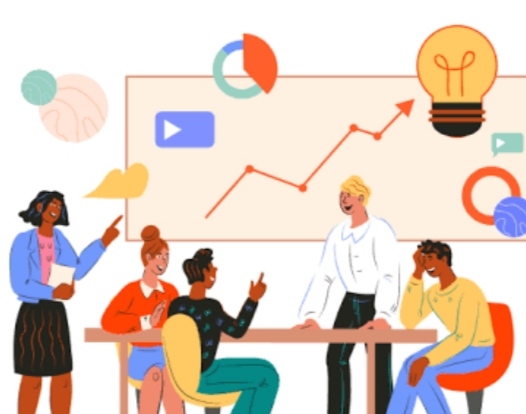Effective teaching methodology lies at the heart of quality education. Empowering educators with best practices not only enhances the learning experience for students but also ensures that educators themselves feel confident and capable in their roles.
One of the fundamental best practices in teaching methodology is the concept of student-centered learning. This approach shifts the focus from the traditional teacher-centered model to one where students actively participate in their learning journey. Encouraging questions, discussions, and collaborative projects fosters a deeper understanding of the subject matter.
Furthermore, embracing technology is crucial in today’s educational landscape. Integrating digital tools and resources can make lessons more engaging and interactive. Whether it’s using educational apps, online platforms, or multimedia presentations, technology can enhance the learning experience and prepare students for a tech-driven world.
Differentiated instruction is another key practice. Recognizing that students have diverse learning styles and paces, educators should tailor their teaching methods to accommodate these differences. This might involve providing additional support to struggling students or offering enrichment activities to challenge advanced learners.
Assessment and feedback are integral parts of effective teaching. Regularly assessing students’ progress through quizzes, tests, and assignments allows educators to adapt their teaching methods accordingly. Providing constructive feedback helps students understand their strengths and areas for improvement.
Lastly, professional development plays a vital role in empowering educators. Staying updated with the latest pedagogical trends and attending workshops or conferences can invigorate teaching practices and keep educators motivated.
In conclusion, empowering educators with best practices in teaching methodology is essential for the continuous improvement of the education system. By adopting student-centered approaches, leveraging technology, differentiating instruction, prioritizing assessment and feedback, and investing in professional development, educators can create an enriching learning environment that equips students with the knowledge and skills they need to succeed in the modern world




